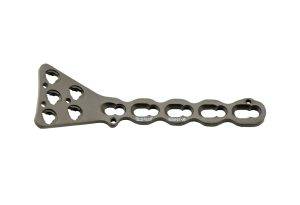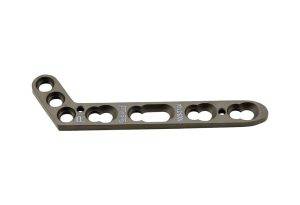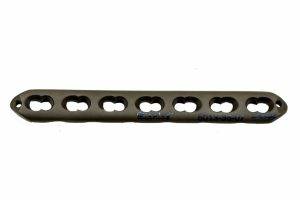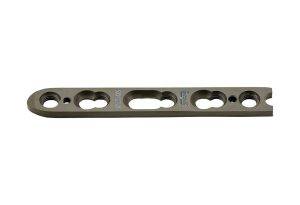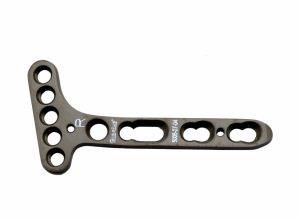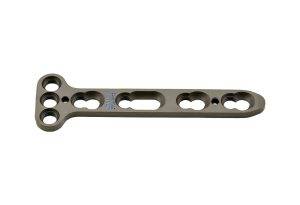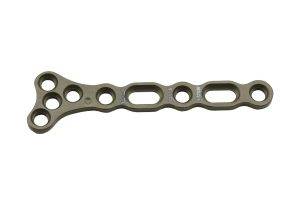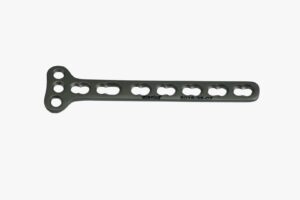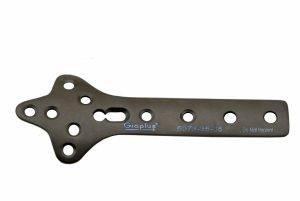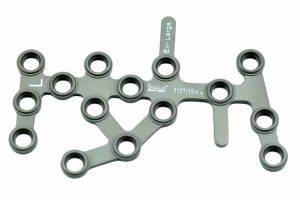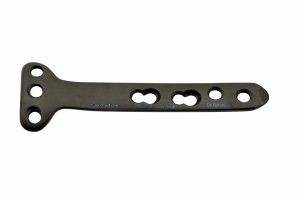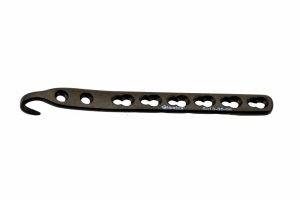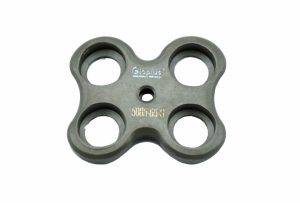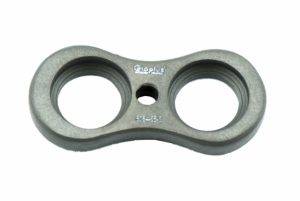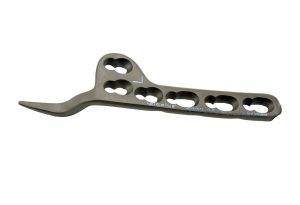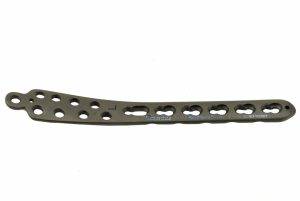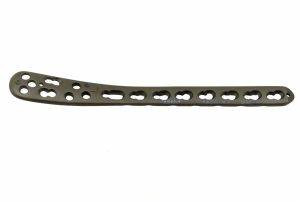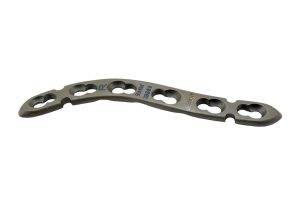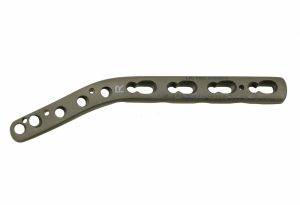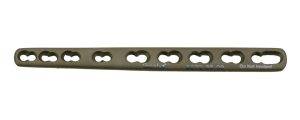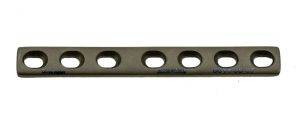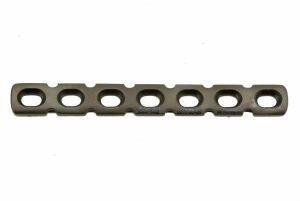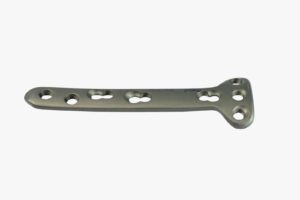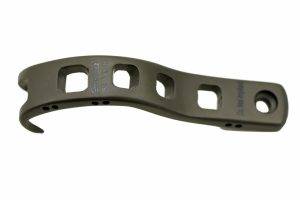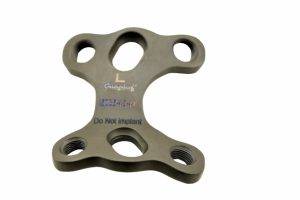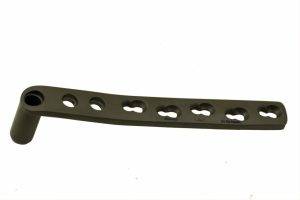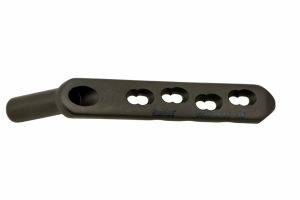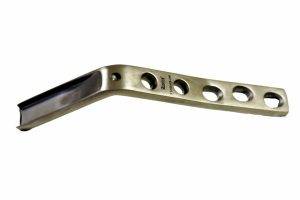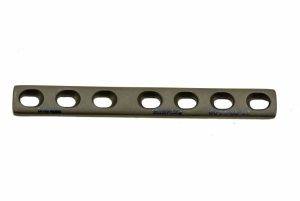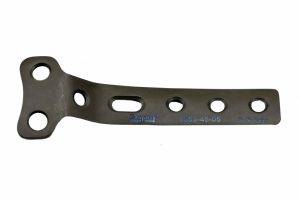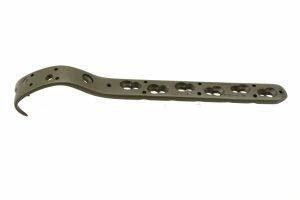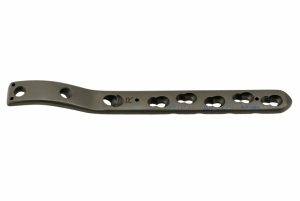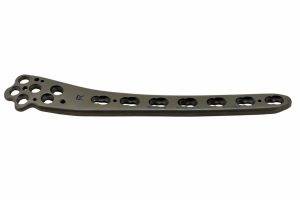ORTHOPEDIC IMPLANTS
Trauma Plating
GiaPlus’ trauma plating systems are a comprehensive array of trauma plates which include small fragment, large fragment and other components such as plates, screws, etc. designed for orthopedic surgery to address bone fractures and other traumatic injuries. These orthopedic implant solutions include a range of carefully designed specialized components that allow surgeons to perform trauma plating procedures to effectively stabilize and repair fractured bones.
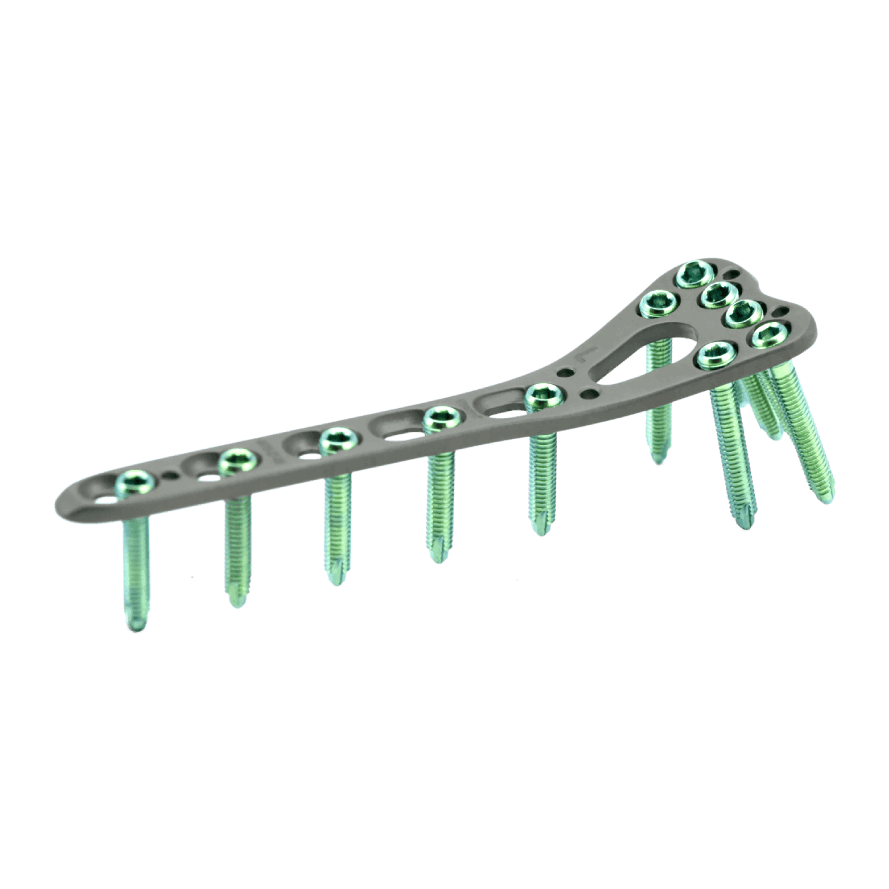
Small Fragment (3.5MM)
Large Fragment (4.5MM)
Frequently Asked Questions
Orthopedic trauma plates are medical implants used for treatment of traumatic bone injuries and fractures. Our plates are designed to be surgically implanted to stabilize and promote proper healing. Our comprehensive trauma plating systems include diverse medical devices and instruments e.g. plates, screws, etc.
At the heart of GiaPlus’ offerings is a commitment to excellence that begins with the selection of materials. Surgical grade stainless steel and titanium, known for their remarkable strength, biocompatibility, and corrosion resistance, form the foundation of these state-of-the-art systems. This choice of materials not only guarantees durability but also minimizes the risk of adverse reactions, promoting quicker recoveries and long-lasting results.
Orthopedic trauma plates come in various shapes, sizes, and configurations to accommodate different types of fractures and anatomical locations.
There are several types of orthopedic trauma plates, each designed for specific fracture patterns and anatomical locations. Common types of orthopedic trauma plates used in trauma surgeries are:
- Compression Plates: These plates are designed to apply compression across the fracture site, promoting bone healing by increasing contact between the fractured bone segments. Compression plates typically have oblong holes for screws, allowing for controlled movement of the screws within the holes to achieve the desired compression.
- Neutralization Plates: Neutralization plates are used to prevent movement at the fracture site by providing stable fixation. They are often used in cases where the bone is exposed to bending forces. These plates are often broader and have multiple screw holes to ensure secure fixation.
- Buttress Plates: Buttress plates are used to provide support and stability to bone fragments that are under compressive or bending forces. They are commonly used in fractures involving joints or articular surfaces where the bone needs to resist the forces applied during weight-bearing or joint movement.
- Tension Band Plates: Tension band plates are used in fractures where tension forces are predominant, such as in the patella (kneecap) or olecranon (elbow) fractures. These plates convert the tensile forces at the fracture site into compressive forces, promoting healing.
- Dynamic Compression Plates (DCPs): DCPs are designed to allow dynamic compression across the fracture site during weight-bearing or movement. They have specially shaped holes that allow the screws to slide, creating controlled movement and compression as the bone experiences loading.
- Locking Plates: Locking plates have a specialized screw design that creates a fixed-angle construct, providing enhanced stability even in cases where bone quality may be compromised. They are often used in osteoporotic bone or in fractures where traditional screw fixation may not be as effective.
- Periarticular Plates: These plates are used in fractures near joints, where the plate is contoured to fit the anatomy of the joint surface. They are designed to provide stable fixation while preserving joint motion and alignment.
- Bridge Plates: Bridge plates are used to span across a segment of bone that is significantly comminuted (broken into multiple fragments) or damaged. They provide stabilization to the overall structure and encourage healing of the fragmented bone.
- L-Plates and T-Plates: These plates are shaped like an “L” or a “T” and are often used in fractures of long bones, where one arm of the plate is applied along the bone’s shaft and the other arm is applied perpendicular to provide stability.
Trauma Plates provide following benefits during the recovery process:
- Fracture Stabilization: When a bone is fractured, the trauma plate is attached to the bone using screws. The plate holds the broken pieces of the bone together, providing stability and preventing movement at the fracture site. This stability is crucial for proper bone healing.
- Alignment: The trauma plate also helps to align the fractured bone segments in their anatomically correct positions. This alignment is important to ensure that the bone heals with proper alignment, reducing the risk of deformity or functional impairment.
- Compression: In some cases, orthopedic trauma plates are designed with special features that allow for compression at the fracture site. Compression can help to enhance the healing process by promoting better contact between the fractured bone surfaces.
- Load Sharing: By distributing the load across the fracture site, the trauma plate reduces the stress on the healing bone and promotes more even healing. This can result in a stronger and more stable healed bone.
A typical trauma plating system may include:
- Plates: These are metal plates of various shapes and sizes, typically made from materials like stainless steel or titanium. They are attached to the surface of fractured bones and serve as internal splints to hold bone fragments in place during the healing process.
- Screws: The system includes a variety of screws with specific designs for different bone types and fracture patterns. These screws are used to secure the plates to the bone, providing stability and allowing the bone to heal properly.
- Instruments: Trauma plating systems come with specialized surgical instruments such as drills, screwdrivers, and clamps. These instruments are designed to work seamlessly with the plates and screws, making the surgical procedure more precise and efficient.
- Guides and Templates: Some systems offer guides and templates that help surgeons accurately position plates and screws on the bone. These tools ensure proper alignment and reduce the risk of complications.
- Locking Mechanisms: In certain cases, systems might include locking screws or specialized mechanisms that offer increased stability and fixation.


